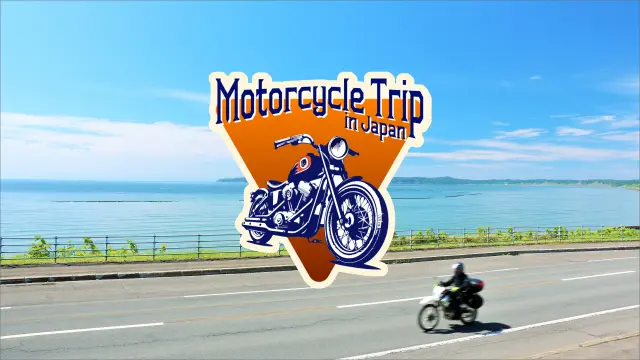園區約一萬株的紫陽花、六十多個不同品種的梅園等,裏面不只有鄉土博物館,還有幾幢自府中各地移築過來展示保存的老建築物。

Verified [Verified] denotes information that has been published with confirmation of its owing parties.
Maimaizu Well
A reconstructed relic of a well from the Heian period, distinguished by its snail-like spiral.
Fuchu City’s Kyodo-no-Mori Museum is set on a vast 140,000-square-meter plot and showcases the history, nature, and unique characteristics of Fuchu. Located within this site is the "Maimaizu Well," a reconstructed massive well.
This well was originally dug in the ancient Kuni town and is characterized by its spiral track leading to the water source. Its snail-like shape led to its naming; "Maimai" is an alternative name for snail in Japanese. The well has been reconstructed based on archaeological findings from the Heian period.
It's believed that the "Maimaizu Well" was developed in environments with low groundwater levels and can be found scattered across the Musashino Plateau and the Izu Islands. Some of these wells were still in use until the Showa 30s (1955-1964).
Fuchu City’s Kyodo-no-Mori Museum offers many other attractions. Its permanent exhibition hall displays a wealth of valuable materials. The museum's planetarium (requires a separate entrance fee) is also popular, providing an engaging educational experience for visitors.
Highlights
-
The Maimaizu Well is a relic located within the grounds of the Fuchu City’s Kyodo-no-Mori Museum.
-
Its distinctive spiral path has led to its snail-inspired naming.
-
Fuchu City’s Kyodo-no-Mori Museum introduces Fuchu's history, culture, and nature in its main permanent exhibition hall.
-
The museum's planetarium is renowned for its realistic reproduction of the night sky, including original programs.
-
Buildings from the Meiji to Showa periods, which existed in the city, have been relocated and restored within the park. Some of these structures are open for interior viewing.
Videos
Photos
-

The well is distinctively shaped like a spiral.
-

The main building of the museum is the central facility of Fuchu City's Kyodo-no-Mori Museum.
-

The park's plum trees and restored buildings are also worth seeing.
Official FAQs
Frequently Asked Questions have been vetted and answered directly by each listing.
Q
Do you have pamphlets in other languages? (If possible, please also let us know the language you speak)
Yes, we provide pamphlets in English.
Q
Is parking available?
Yes, we have a dedicated free parking space for approximately 400 vehicles.
Q
Is there free Wi-Fi available within the area?
Yes, please use the official free Wi-Fi provided by Fuchu City.
Q
Are coin lockers available?
Yes
Q
Do you provide wheelchairs?
Yes, we offer several wheelchairs for free.
Q
Can baby strollers be brought in?
Yes, they are allowed. Rental services are also available for a fee.
Q
Can pets be brought inside?
No, they are not allowed, except for guide dogs, hearing dogs, and service dogs, in order to protect the park's reconstructed buildings and plants.
Reviews
-
Andy Huang
Details
- Name in Japanese
- まいまいず井戸
- Postal Code
- 183-0026
- Address
- 6-31 Minamicho, Fuchu City, Tokyo
- Telephone
- 042-368-7921(Fuchu City’s Kyodo-no-Mori Museum)
- Closed
- Mondays(If it is a national holiday, the next day is closed), New Year’s holiday period, Subject to temporary closures
- Business Hours
- 9:00am - 5:00pm(Admission allowed until 4:00pm)
- Admission
- Adults: 300 yen, Students (middle school and below): 150 yen.
- Access
- About 6 minutes by bus labeled "Kyodo-no-Mori sogo taiikukan" from the JR Nanbu Line/Keio Line Bubaigawara Station. Alight at the "Kyodo-no-Mori main gate" bus stop.
- Credit Cards
- Not accepted
- Official Website
- Official Website (Japanese)
Check also...
Please cooperate with this survey.
Thank you for your cooperation with the survey.


















